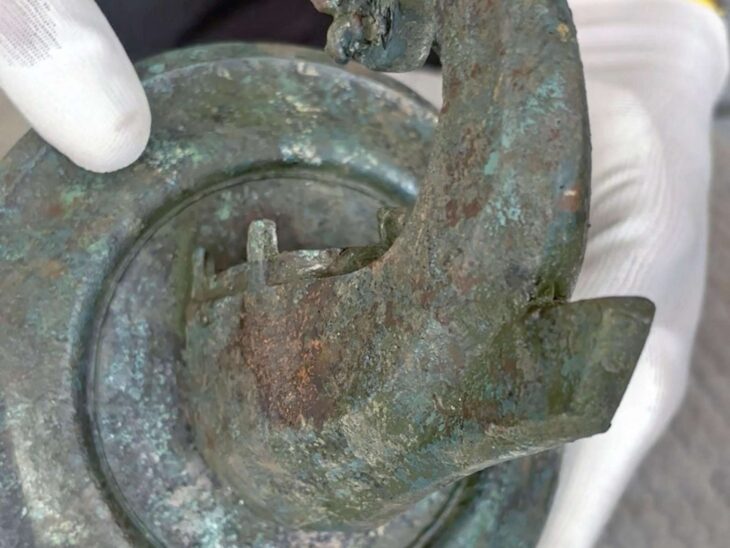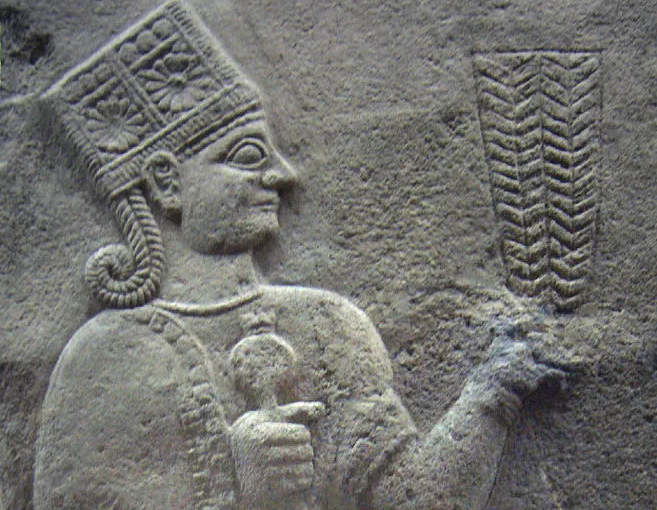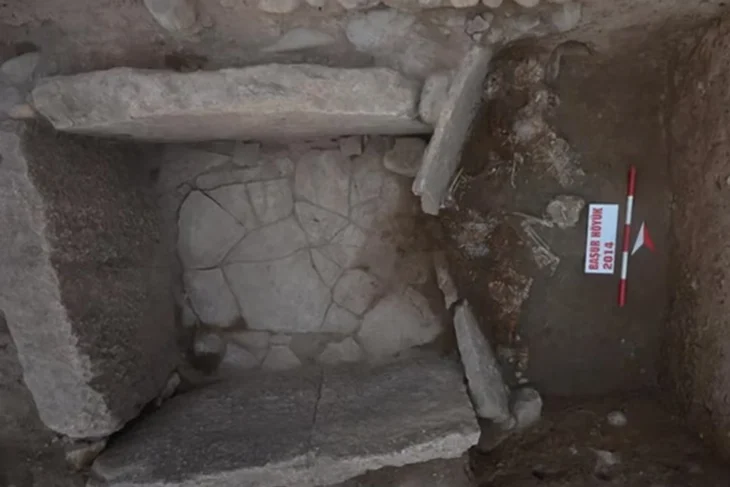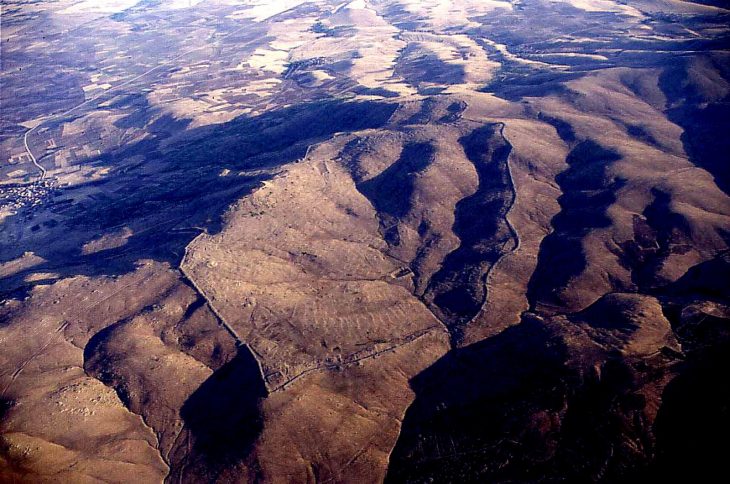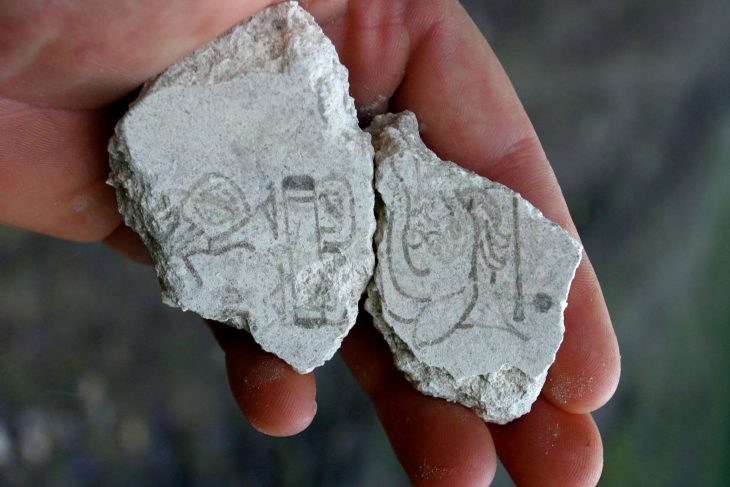Archaeologists in Norway may have uncovered the first known vulva stone from the Viking Age. The find could reshape our understanding of gender symbolism and fertility cults in Norse culture.
A Surprising Find in a Viking Grave
When researchers turned over a peculiar stone in a Viking Age grave at Skumsnes farm in Western Norway, they were astonished. The smooth, rounded object appeared to resemble female genitalia. For archaeologist Søren Diinhoff from the University Museum of Bergen, the symbolism was too striking to ignore.
“The stone from the Skumsnes grave, I believe, is such a clear symbol that even an old sceptic like me must acknowledge it,” Diinhoff explained. The stone was discovered in autumn 2024, placed at the center of a ship-shaped grave belonging to a woman—precisely where the mast of the boat would have stood.
Vulva Stones: A Counterpart to Phallic Symbols?
For decades, archaeologists have uncovered phallic stones across Scandinavia, many of them linked to fertility rituals and male graves. But a vulva stone? That would be unprecedented. According to Diinhoff, the stone’s placement and unusual shape suggest it was chosen deliberately to symbolize the woman buried there.
Archaeologist Torun Zachrisson of the Uppland Museum in Sweden agrees that such an interpretation is possible. She points to figurines from Denmark and northern Germany, dating as far back as 500 CE, that highlight female genitalia and may be linked to the fertility goddess Freyja. “It’s not unthinkable that such objects were connected to goddess worship,” Zachrisson notes.
📣 Our WhatsApp channel is now LIVE! Stay up-to-date with the latest news and updates, just click here to follow us on WhatsApp and never miss a thing!!
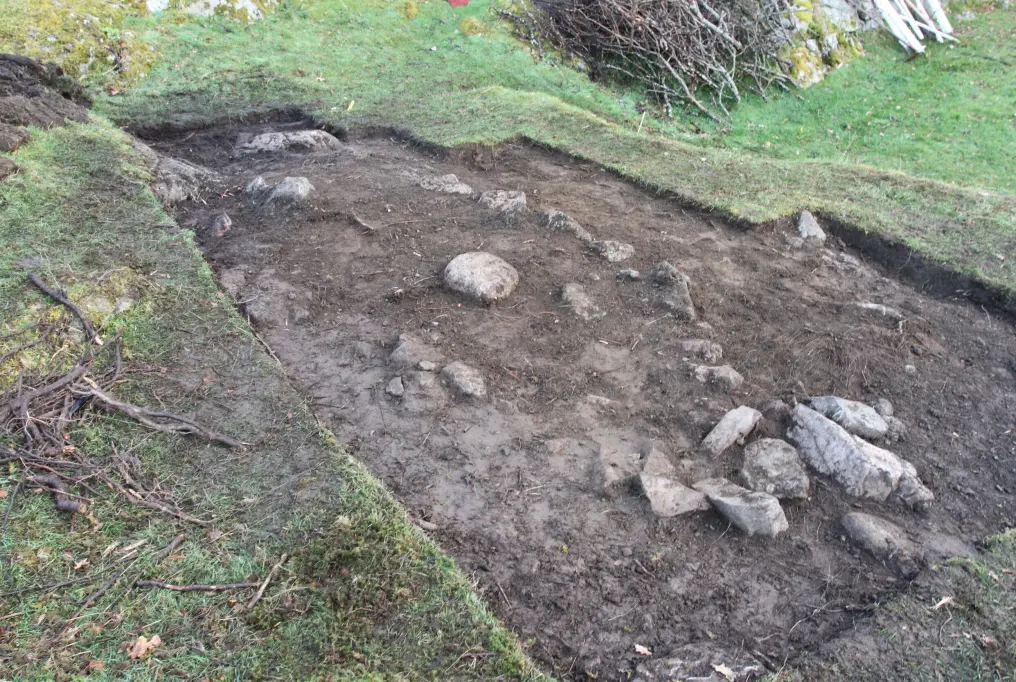
Fertility and Gender in Viking Rituals
The Viking Age (c. 793–1066 CE) was steeped in rituals surrounding fertility, death, and rebirth. Scholars have long debated the symbolic meaning of grave goods and stone arrangements. While phallic stones have often been interpreted as male fertility markers, round grave orbs found in women’s graves may have represented female fertility, eggs, or even bread—themes tied to life-giving power.
On the Swedish island of Lovö, for instance, grave orbs were found in half of all women’s burials. Archaeologist Bo Petré has suggested these orbs represented the ability to give life through childbirth. Could the Skumsnes stone represent a similar, but far more direct, symbol of womanhood?
Skepticism Among Experts
Not all archaeologists are fully convinced. Marianne Moen, head of Archaeology at the Museum of Cultural History in Oslo, warns that vulva symbolism can be difficult to prove. “The shape of the stone allows for many possible interpretations,” she says. Unlike phallic stones, which are often unmistakably carved, the Skumsnes stone was likely unaltered, though it was carried from far away and stood out among the local grave materials.
Archaeologist Frans-Arne Stylegar has even suggested the object could have been a stone anchor used in Viking boat graves. Still, he acknowledges its symbolic role, whether linked to fertility or ritual.
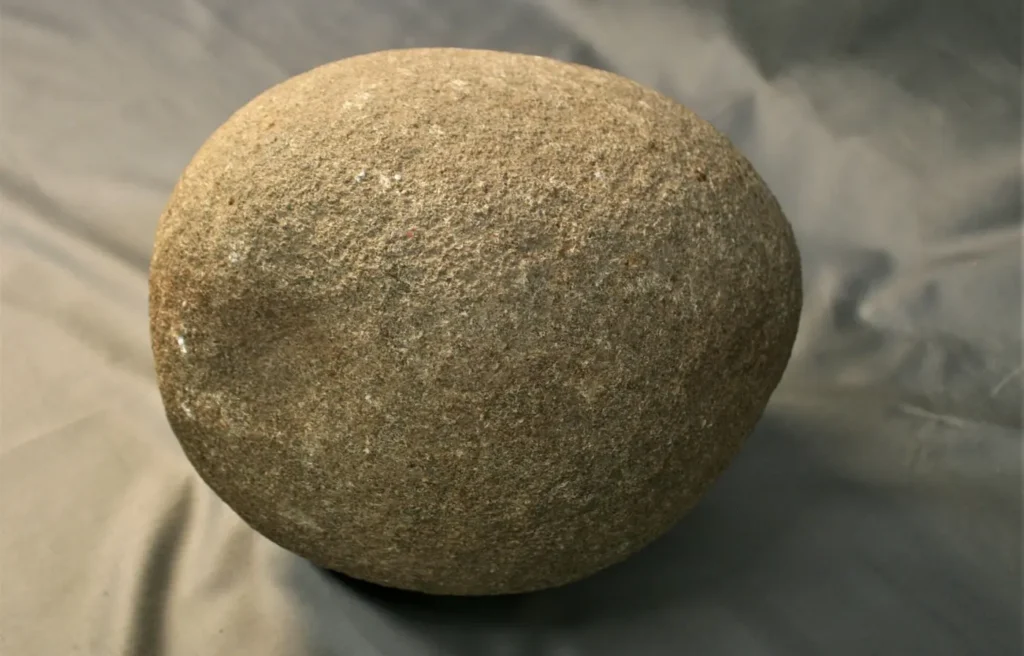
Rethinking Viking Symbolism
The possible discovery of a vulva stone challenges long-standing assumptions about gendered symbolism in Viking archaeology. Historically, the focus has leaned toward male-associated artifacts, mirroring the patriarchal structures of the Late Iron Age. Yet, as Swedish archaeologist Rebecka Jonsson points out, “It really does seem like a fairly solid interpretation, given the context of the grave.”
If confirmed, the Skumsnes find may represent a female counterpart to the many phallic stones of Scandinavia—highlighting the spiritual and cultural significance of women in Norse society.
Looking Ahead
For now, the Skumsnes vulva stone remains unique. Whether it marks the beginning of a broader category of artifacts or stands as a one-of-a-kind symbol is yet to be seen. As Zachrisson concludes: “Time will tell whether more finds of the same kind appear. And if so, whether that means we’ve been overlooking something all along.”
One thing is clear: the stone has sparked new debates about gender, fertility, and symbolism in Viking Age culture. And for archaeologists, it’s a reminder that even the smallest stones can shift the way we see history.
Cover Image Credit: University Museum of Bergen


